When people in the Midwest refer to “Bloody Kansas” or the “Border War”, it usually elicits visions of localized skirmishes. A closer look will reveal that this newly formed territory was the “Birthplace of the Civil War”. While many history books focus on the battles in the east, it was the introduction of Kansas Territory, in 1854, that would end up tipping the scales toward the end of slavery. Early Kansas legislators were rolling the dice, when they attempted to push through a one-sided constitution, prior to statehood. We traveled to Constitution Hall, in Lecompton, to learn more about this unique period in our state’s history.
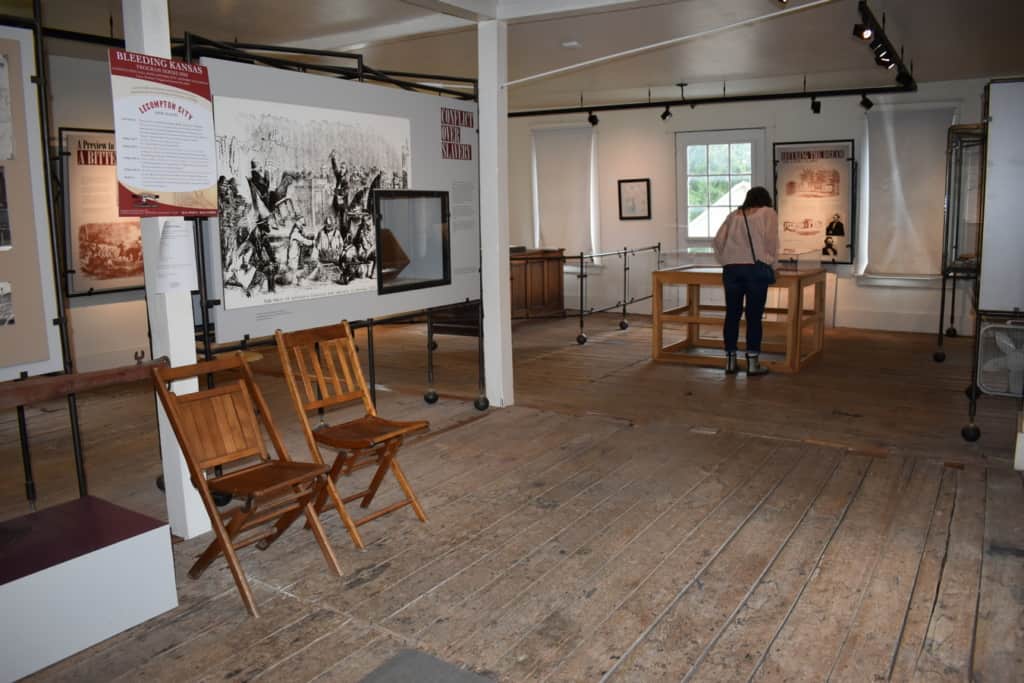
Cautious Peace
In the mid-1850s our nation was on the move. The railroad was in the throws of expanding across the continent. As land west of the Missouri border became available, the issue of slavery once again reared its head. Where the Missouri Compromise had brought a cautious peace to the western front, the Kansas-Nebraska Act would undo that legislation. Suddenly, the decision of how a state would enter the Union was thrown onto the people of the territory. Lecompton was serving as the territorial capital of Kansas, and this newly formed town had swollen to around 4000 citizens. The newly passed legislation pitted pro-slavery forces against abolitionists. The region saw a sudden influx of settlers from each side of the issue.
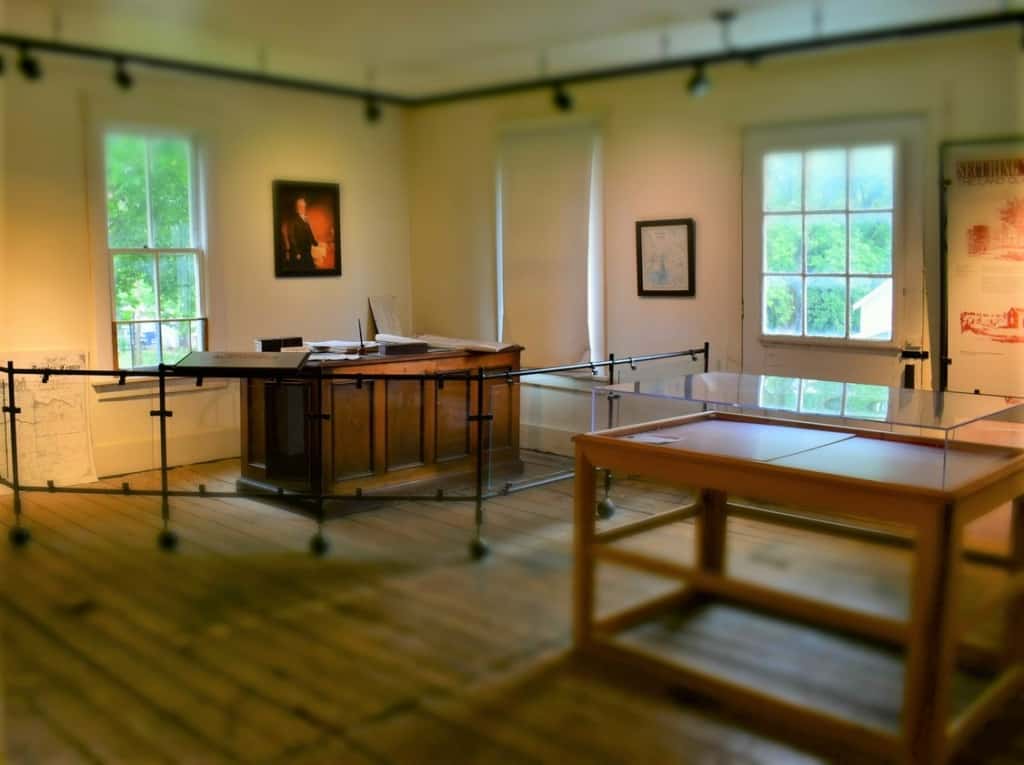
Stirring the Waters
The division ended up splitting the territory to the point of having two different governments. Each developed its own state constitution with leanings toward their particular stance on slavery. In Lecompton, Constitution Hall was erected to house the pro-slavery legislature. By 1857, this building was one of the busiest in the territory, since the first floor held the United States land office. Settlers and speculators flooded the office to file claims for the recently opened lands. Most were rolling the dice on which way the state would enter the Union, but open land was a valuable commodity.
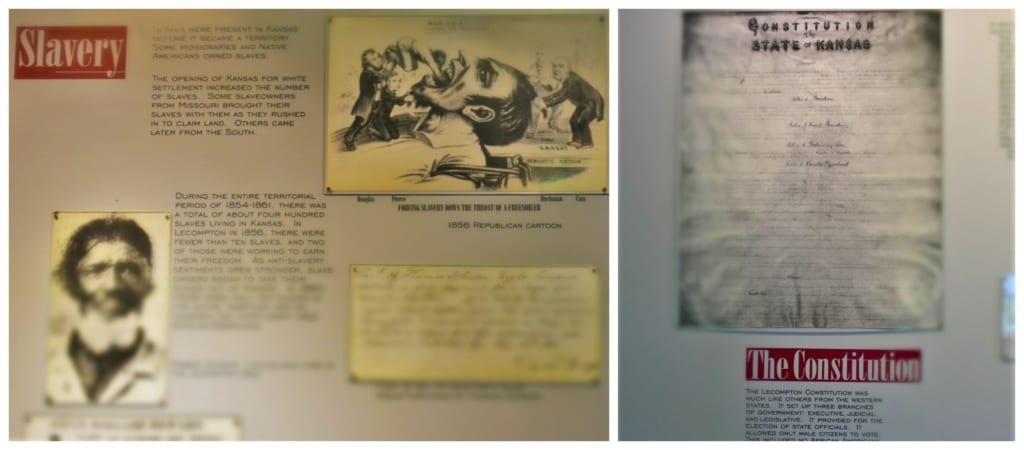
Rolling the Dice
In the fall of that year, the Lecompton Constitutional Convention was held to draft a new state constitution. The activity drew the attention of the nation, and newspaper correspondents from the east reported on the events. The abolitionists refused to vote to ratify the constitution that was sent to Washington. After passing a vote in the Senate, the paperwork was debated by Congress and was eventually rejected. This attempted legislation was even the subject of the Lincoln-Douglas debates. While the two parties would continue to spar, the secession of southern states would see many of the pro-slavery forces depart Kansas Territory. In 1858 the assembly would depart from Lecompton and set up shop in nearby Lawrence, a free-state town.
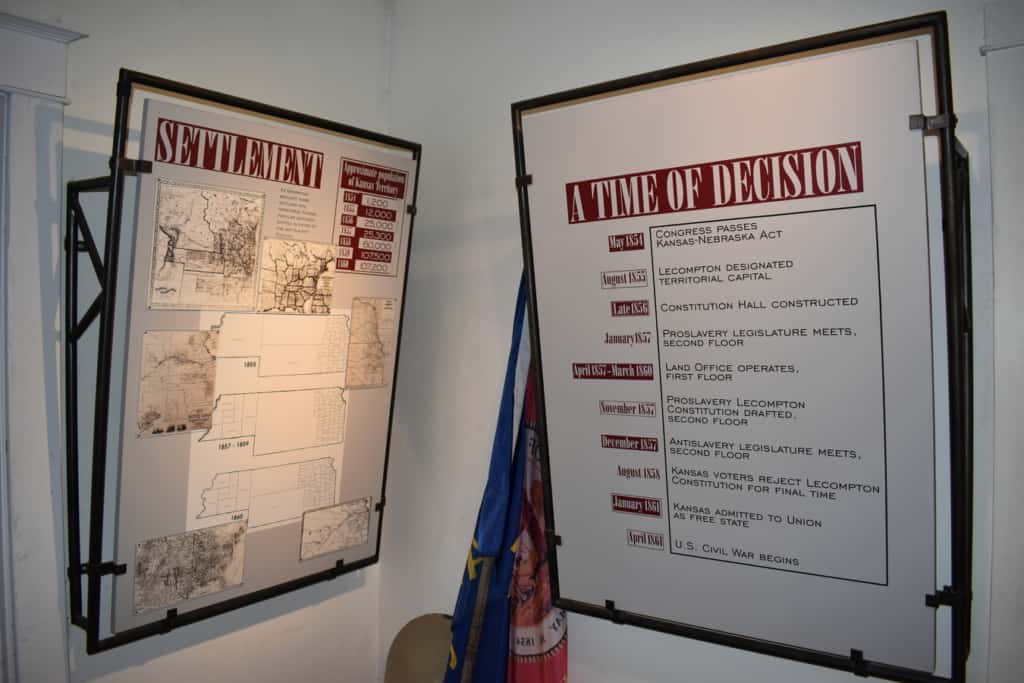
Marching to War
Now that the delegation had moved to a Free-state town, it was time to draft the fourth version of the potential state constitution. In 1859, the Wyandotte Constitution was drafted and took on distinct tones of anti-slavery. It was approved by a vote, but the southern sympathizers still held the Senate. They stalled the legislation until their departure in 1861, which occurred after Lincoln won the 1860 presidential race. Kansas would become the 34th state in the Union on January 29, 1861. The southern states immediately began seceding from the Union and were rolling the dice on creating their own confederacy. While history paints the attack on Fort Sumter as the official start of the Civil War, many along the Missouri-Kansas border had been skirmishing for some time.
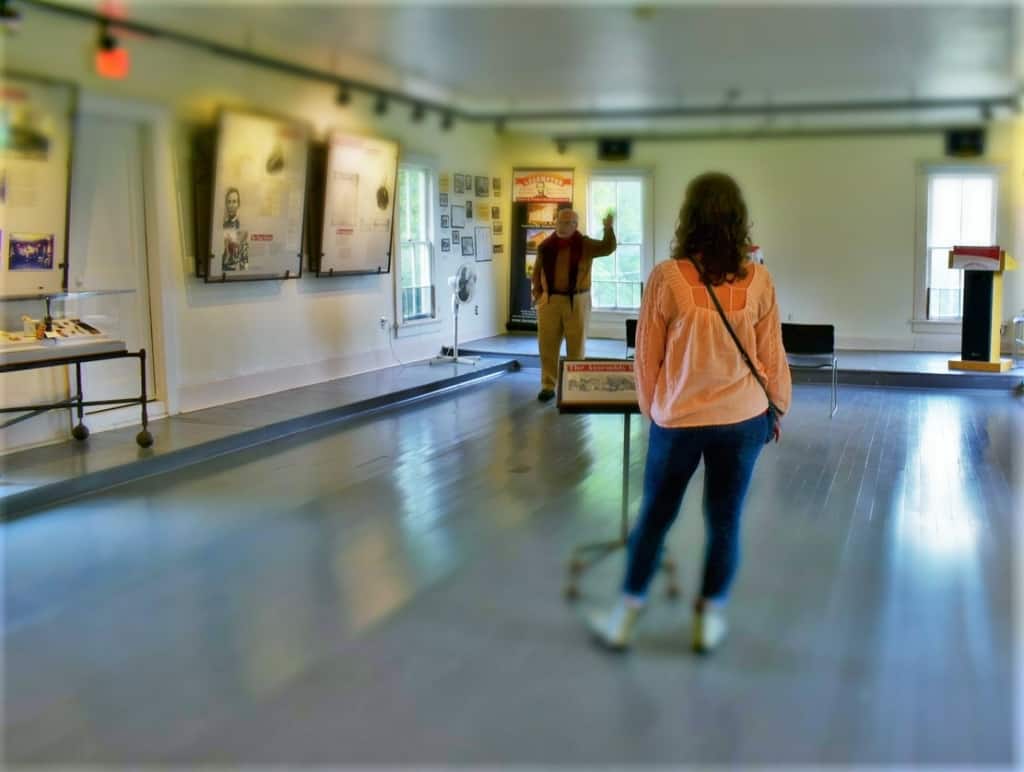
Oratory Excellence
As we followed our tour guide to the second floor, he imparted a rolling dialogue of the events that were taking place in this region, during that period. The two main viewpoints of slavery each had their proponents. In Kansas, John Brown was stirring up trouble with raids against pro-slavery settlements. One of these was done in response to William Quantrill’s sacking of Lawrence. This “border war” included many heinous and violent actions leading up to the actual start of the Civil War.
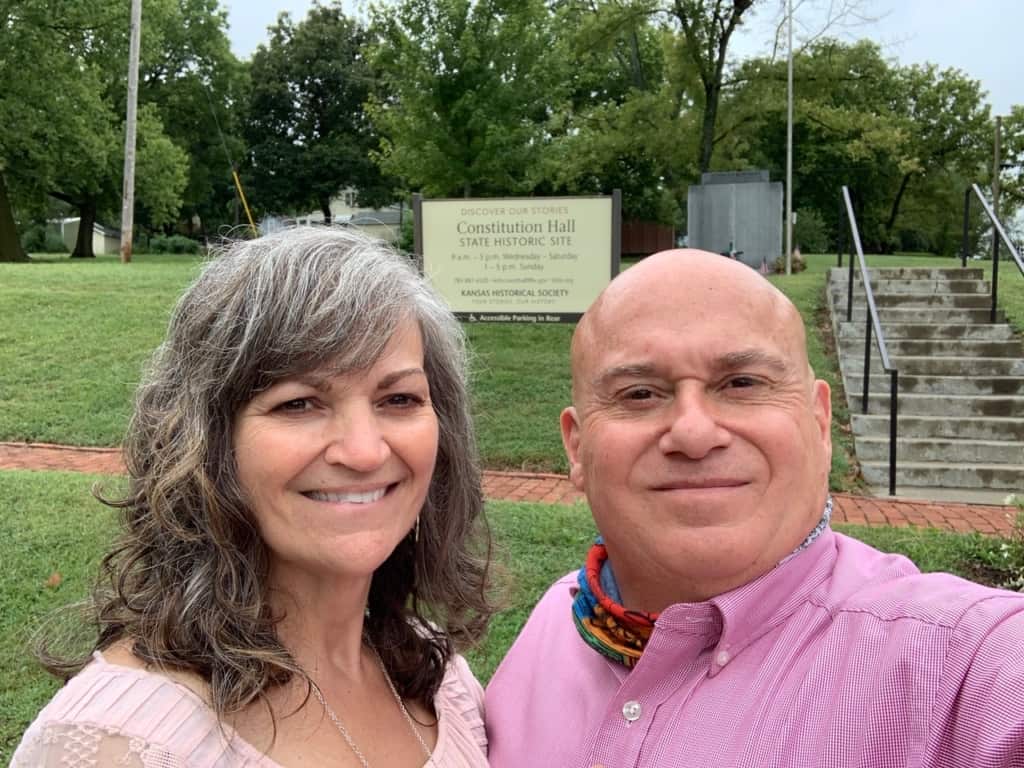
Uncovering History
After visiting the Lecompton Constitution Hall, it was clear to us that this region was “the birthplace of the Civil War”. So much anger and bloodshed had led up to the division that split our country in two. The ending of American slavery was decided when Kansas was admitted to the Union as a Free State, even though a national war would be needed to play it out to this conclusion. While the suffering along the border of Missouri and Kansas was terrible, it was just a foreshadowing of what was to come. In the end, it would be Missouri that would see the significant battles during the Civil War.

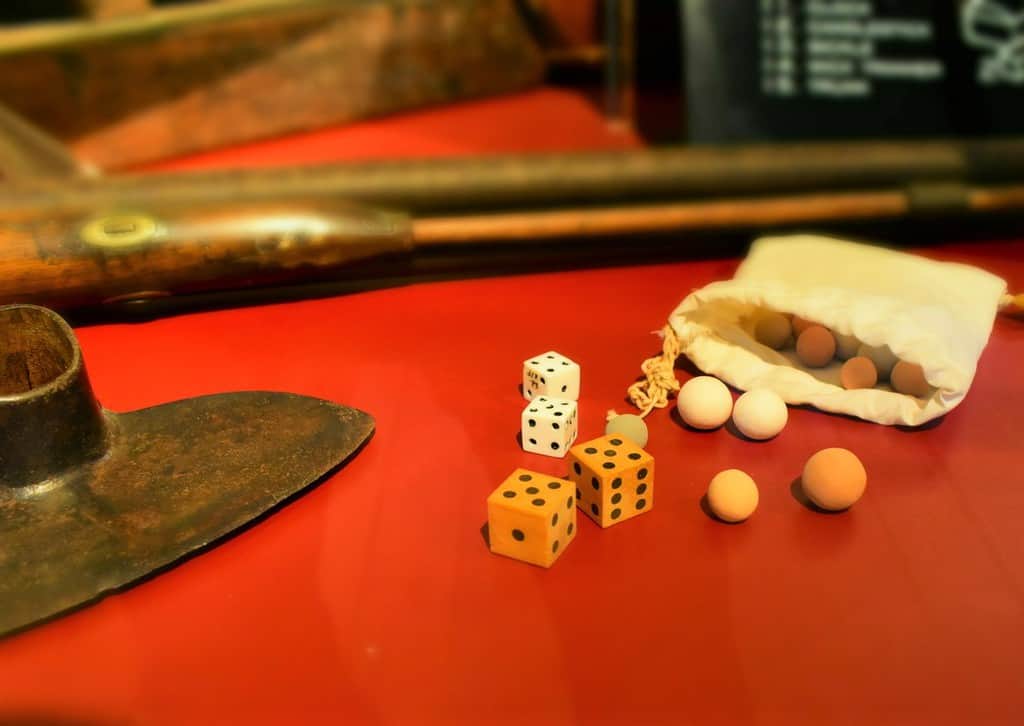
So very interesting! When I read the title I was thinking of the DC edifice which we’ve often visited – but did not know of this one and the fascinating history. Thanks for sharing!
So glad to hear that you enjoyed it. There is so much hidden history left to discover.
I really enjoy the interesting historical information you provide in your posts. In some cases, this was a refresher of things I had learned (but forgotten!) in school or from travels through Kansas. In others, you’ve given me brand new information for a better understanding of the history of the time. A visit to Lecompton Constitution Hall sounds like time well spent.
We are glad you are enjoying our historic walks through time. WIt is certainly providing us with a good education.
What a fascinating tour and history, Thanks for taking us there and sharing the development of this state and the major skirmishes and happenings to both sides of the union and development.
It’s hard to imagine the strife that these early settlers were dealing with, all while trying to start a life on the plains.
Thank you for the history lesson. So much of what we learned in school focused on the eastern part of the country. It’s only when I venture further west, I learn there are so many more stories behind the stories we know.
That is so true. While the major battles were fought in the East, it was the events on the frontier that sparked the war.
With so much civil unrest in the US right now, a visit to Constitution Hall seems like a perfect side trip for pandemic travels. Thx so much for sharing.
Hopefully, places like Constitution Hall will serve as reminders of how it takes understanding and cooperation to guide a country forward.
An interesting bit of history. It seems incredible now that a war had to be fought to abolish slavery – if the other side had won, I wonder how much longer slavery would have continued…
While it would have lasted longer in the south, I believe the end was already in sight at that point.
Interesting insight into the ending of American slavery. Although I have known about the history around the region, you have written about the history with more clarity. Thanks
I am happy to hear that you enjoyed the article. It’s a difficult topic to approach during this turbulent time in our nation’s history.
I enjoyed that . I will have to visit.
We think you will enjoy it, as well.
Quantrill’s raid was in 1863. John Brown died in 1859. Quantrill raided because of James Lane’s actions, not John Browns. unless I misread your sentence.
It is possible that I misunderstood the explanation we heard. Thank you for pointing it out.